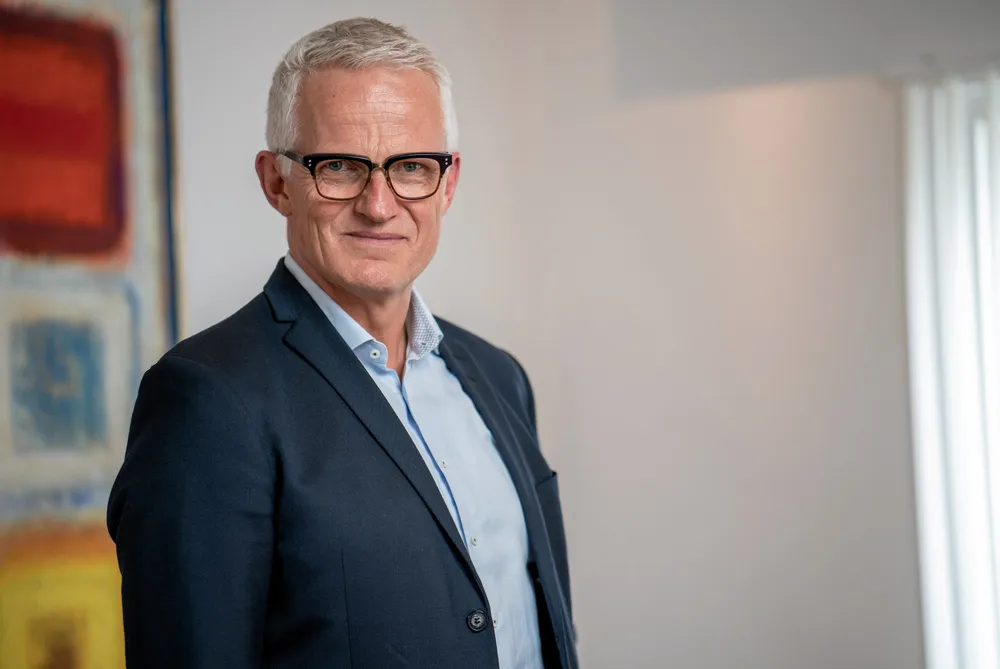Orsted CEO: GE Vernova offshore wind pull-back doesn't spell supply crunch
Orsted's modelling reassures Nipper that the company will not run into bottlenecks

A spate of delays, postponements and cancellations to global projects has taken some of the heat out of the offshore wind turbine market — to the extent that established OEMs should be in a strong position to satisfy demand even if one of their number is suffering from a loss of appetite, the head of Danish renewables developer Orsted said.
'No concerns'
“As the world's largest developer of offshore wind projects, what we do on a regular and consistent basis is build up multi-year predictions for every single scope of an offshore wind project, whether foundations, cables, transmission equipment, turbines or vessels,” Nipper said.
"We use all the knowledge we have and calculate what are the expected bottlenecks and developments of capacity. To some extent, we work out the likelihood of inflation and deflation.”
Applying this modelling to wind turbines, Nipper said the conclusions were relatively benign.
“We have no concerns. Although the turbine OEMs have faced some structural pressures… we have seen quite a few projects actually being delayed or cancelled. The dialogue we have about securing capacity with the OEMs for the next many years is constructive and does not give rise to any concerns.”
European OEMs Vestas and Siemens Gamesa have continued investing and chasing new orders, despite the latter's difficulties with quality issues emerging on some of its onshore models over the last two years.
Long-term momentum
Nipper acknowledged that he was describing what amounts to a downturn in the offshore wind sector, compared to what had been expected previously.
He calculated that the slowdown was due to the spike in supply chain inflation and interest rates that has punished the sector over the last two years, against a backdrop of supply chain constraints.
“In the light of some unprecedented developments, many of the projects have either delayed their final investment decisions or in other ways, have been postponed. Some have even been terminated,” he said.
Nipper stressed the overhang effect hits hard in an industry with such a long lead time as offshore wind.
"This is an industry where there are usually several years from award until the product is done," he said.
"When something comes along like a radical increase in interest rates, or capex inflation that runs two to three to four times consumer price inflation and hits a project that already has an off take price agreed under totally different circumstances... of course there are going to be setbacks and some challenges," he said.
"But I have absolutely no concerns about the long term momentum of offshore [wind] growth. It's a critical cornerstone of the energy transition and the energy mix in many critical markets. It is of such vital importance that the risk-return picture for this industry is healthy.
"In the near term, there are some places where we see a slowdown but, long term, we are convinced that we as an industry will shape this to an acceleration which also enjoys strong backup from many countries."
After streamlining its portfolio he said Orsted is now working through a 10GW portfolio of offshore projects.
"Like other developers, we have left aside some projects that were not financeable or not buildable in terms of return.
"We are now at a new situation where the realities of the cost and the interest rates are being built in... It has been a tough couple of years, but we don't expect to see a repeat of the highly adverse circumstances we saw," he said.
(Copyright)